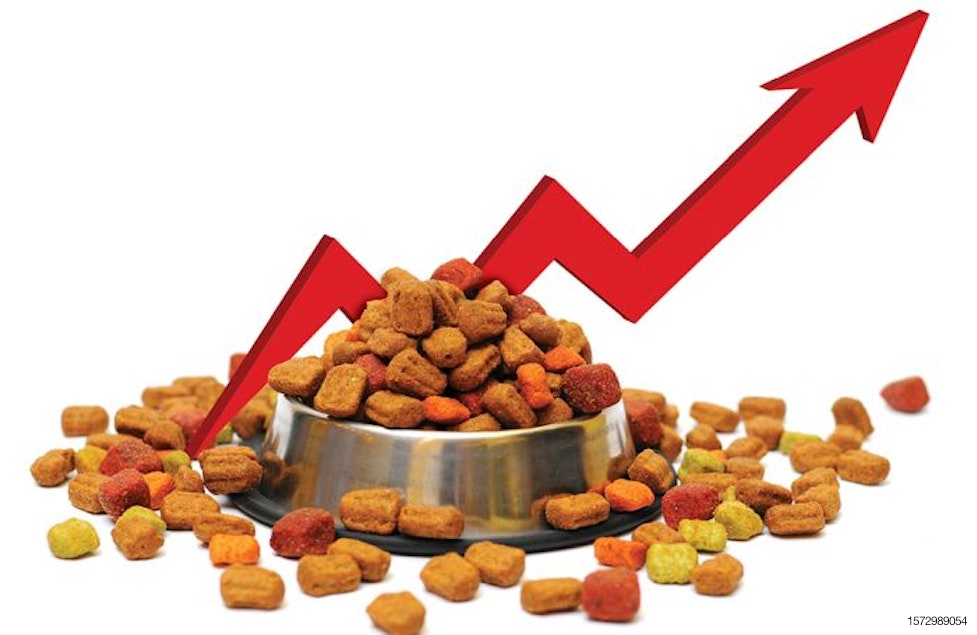
With the economic setback Mexico’s GDP experienced in the third quarter of 2019 (-0.4% in annualized terms), many companies, including in pet food, have speculated about whether economic activity might rebound, and when.
Yet, the local pet food market has registered a slowdown in volume production growth since February 2016, compared to previous years. Such a drop was attributable to market maturity, as pet food volumes do not increase vigorously anymore.
Although that data is definitive, many pet food local companies still expect double-digit growth rates in the coming years, while newer companies continue to bet on this market.
Why forecasting helps pet food companies
With a slumping economy in Mexico, companies need to improve their investment decisions, including planning for demand. A useful tool for this is forecasting.
Historical data is key to grasping and forecasting future demand for pet food. Moreover, being acquainted with the overall market performance can help you understand how well your company is performing compared to the industry. For instance, some companies experience faster growth than the average, and vice versa.
Thus, forecasting is crucial to minimize uncertainty and save costs. The accuracy of a good forecast model can be as high as 95% (or more) when compared to observed data.
What do forecasts show for Mexican pet food market?
We ran a few econometric models to forecast future pet food demand in Mexico. In the 2019-2022 period, growth is estimated to achieve just single-digit rates, averaging 3-3.5% annually. Usually, November and December represent the production peaks, while January and February are the valleys.
As the market has reached maturity, growth will continue a positive and slower steady pace. The question then is, given the high expectations some companies have for the local pet food market, how prepared they are to cope with a more realistic future scenario? Given the slowdown of the demand, what is the best way to grow? Perhaps competition may get tighter as more companies are competing for the same market and share.
In any scenario, making a good forecast work will provide manufacturers invaluable information as to how to manage the supply chain and make their operation more efficient.


